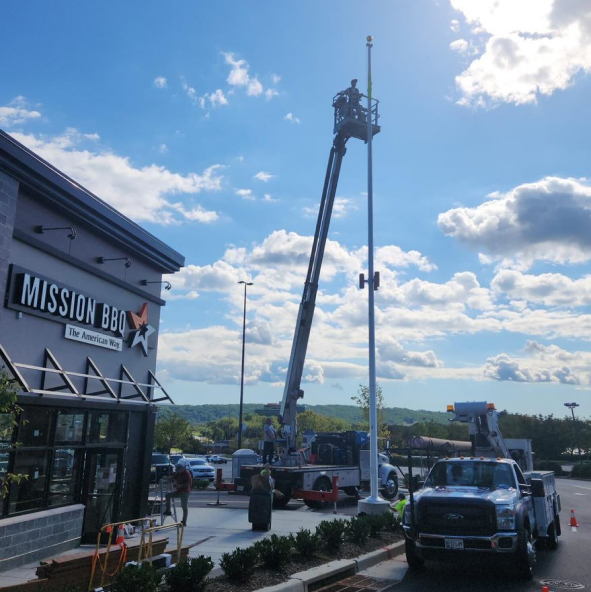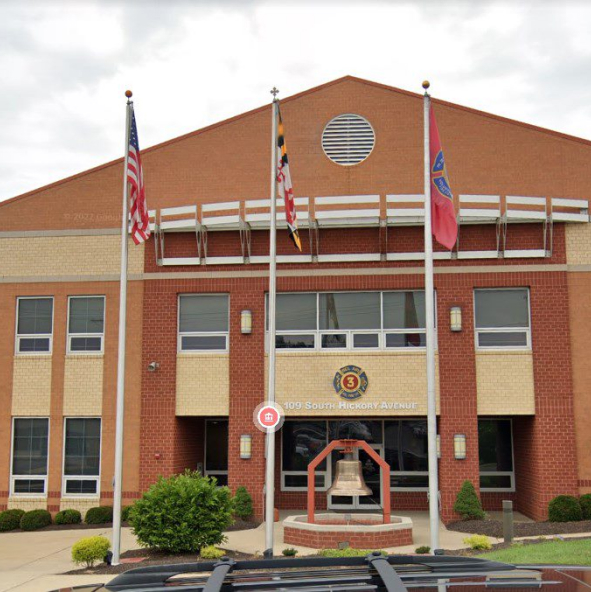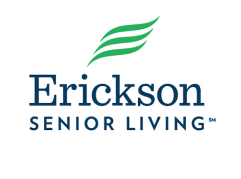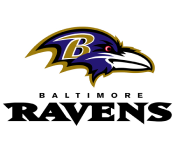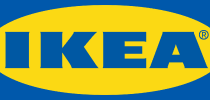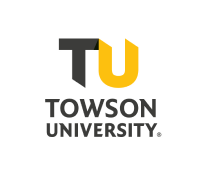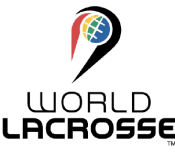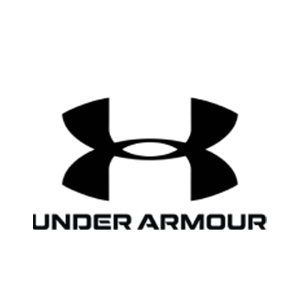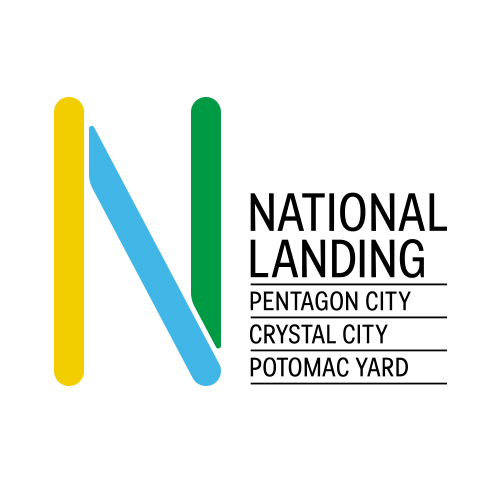From etched stone tablets of ancient times to the bright, vivid digital screens we see today, the world of signage has undergone a profound transformation. Signage has always played a crucial role in communication and advertising, evolving with advances in technology and changes in societal needs. This blog explores the journey of signage from traditional methods to the innovative digital prints that shape our modern landscapes.
Historical Overview of Signage
Long before the advent of modern advertising, ancient civilizations were using simple yet effective signs. Egyptians used stone and metal to create markers for trade and commerce, while the Romans popularized the use of signboards outside their shops and taverns. In medieval times, shopfronts displayed elaborate signs crafted from wood and metal, often featuring symbols to signify the trade, such as a boot for cobblers or a loaf for bakeries.
The Rise of Traditional Signage in Modern Advertising
As we moved into the Industrial Age, signage became a cornerstone of commercial activity. The 19th century saw the rise of lithography, which allowed for the mass production of vibrant posters and billboards. By the early 20th century, electric lights brought about the era of neon signs, revolutionizing night advertising and transforming cityscapes around the globe.
Transition to Digital: The Technological Revolution
The latter half of the 20th century marked the beginning of the digital revolution in signage. Early adopters used basic LED displays, which evolved into sophisticated digital billboards capable of displaying animated and changing images. Advances in printing technology also revolutionized traditional banners, allowing for high-resolution digital prints that could be produced quickly and economically.
Digital Signage Today
Today, digital signage encompasses a range of technologies, from high-definition LCD displays to complex interactive kiosks that engage users and provide personalized experiences. These digital solutions offer unparalleled advantages in terms of flexibility, visibility, and customer interaction, making them indispensable tools in retail, entertainment, and public service sectors.
Benefits of Digital Over Traditional Signage
Digital signage offers several key advantages over traditional banners. It is more durable, can be updated remotely in real-time, and provides dynamic content that can be tailored to specific audiences and times. Moreover, digital signs reduce waste and ongoing costs associated with printing new banners for each campaign or message change.
Future Trends in Digital Signage
The future of signage looks even more promising with advancements in AI and augmented reality. Soon, we may see signs that not only display information but also react to the environment and audience in real time. Innovations such as OLED technology are set to offer even more flexibility, allowing for bendable, transparent, and highly efficient displays.
The evolution of signage from traditional banners to digital prints illustrates the rapid pace of technological innovation and its profound impact on how we communicate and advertise. As we look forward, the possibilities for further innovation are boundless, promising even more exciting ways to connect with audiences.
At F.W. Haxel, we stay at the forefront of these advancements, offering our clients the latest in signage technology and design. Whether you are looking for traditional craftsmanship or the latest digital solutions, we are here to help you make a lasting impression.
Explore the Future of Your Signage with F.W. Haxel
Ready to upgrade your signage or curious about integrating digital signs into your strategy? Contact us at F.W. Haxel to discover how our signage solutions can elevate your business and engage your audience like never before.
We offer a number of different options for
installation and repairs.
INSTALL
Commercial Flagpoles
Residential Flagpoles
Foundations & Ground Sleeves
Marina & Dock Flagpoles
Street Pole Brackets & Banners
Holiday Lighting & Decor
Event Decorations
Mesh Banners & Outdoor Signage
Vinyl Adhesive Signs & Wraps
REPAIR
Flags (Free Repair for Life on Fly End of US Flags)
Commercial & Residential Flagpoles
Foundation & Ground Sleeves
Pulley Assemblies
Winches
Internal & External Halyard Lines
Flag Snaps
Ornamental & Pole Top Finishings
Street Pole Brackets & Banners
INSTALL
Commercial Flagpoles
Residential Flagpoles
Foundations & Ground Sleeves
Marina & Dock Flagpoles
Street Pole Brackets & Banners
Holiday Lighting & Decor
Event Decorations
Mesh Banners & Outdoor Signage
Vinyl Adhesive Signs & Wraps
REPAIR
Flags (Free Repair for Life on Fly End of US Flags)
Commercial & Residential Flagpoles
Foundation & Ground Sleeves
Pulley Assemblies
Winches
Internal & External Halyard Lines
Flag Snaps
Ornamental & Pole Top Finishings
Street Pole Brackets & Banners
